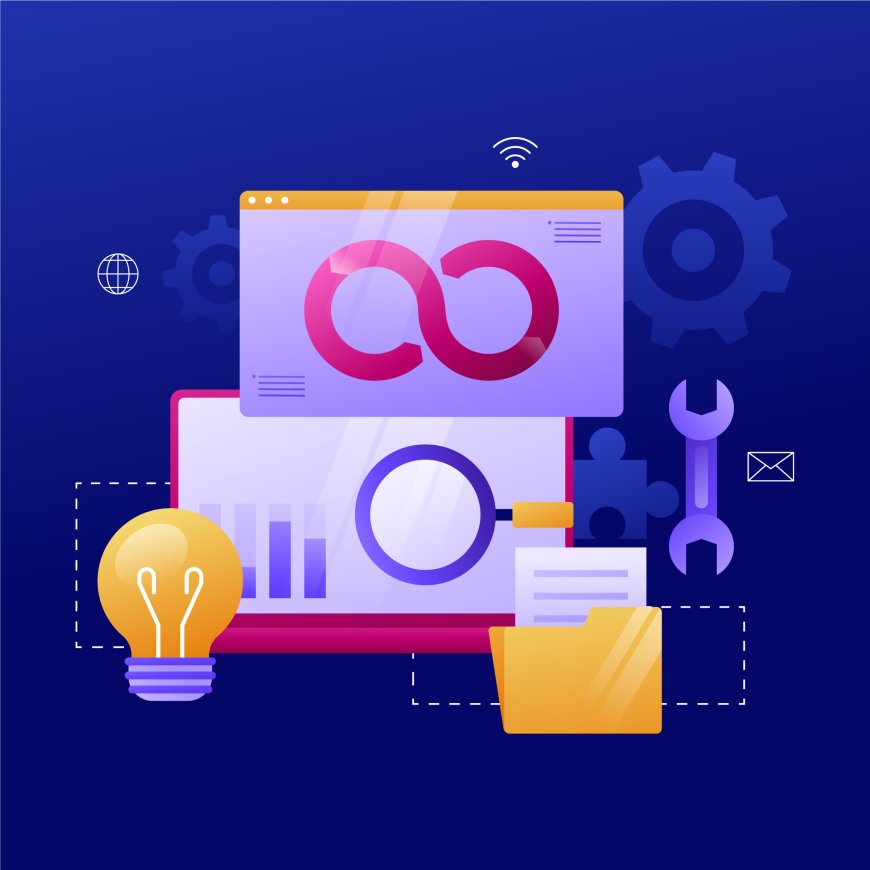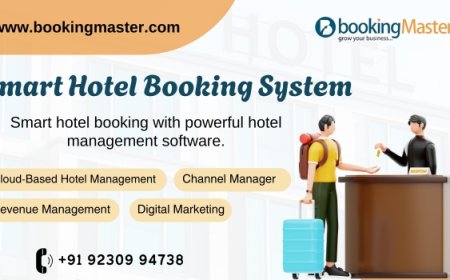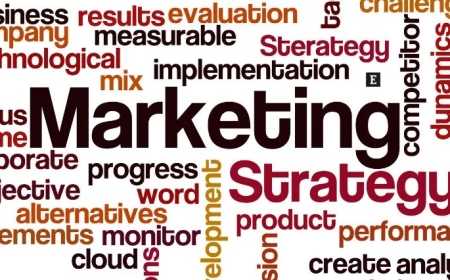ChatGPT Integration: The Smartest Move for Your SaaS Product
Discover how ChatGPT integration can transform your SaaS product by enhancing customer support, boosting efficiency, and delivering smarter user experiences—all with minimal effort.

In todays ultra-competitive SaaS market, standing out isn't just about offering a good productits about delivering smarter, faster, and more personalized solutions to users. That's where AI-driven features come into play, and specifically, why integrating ChatGPT into your SaaS product might be the smartest move you make this year.
Whether you're aiming to streamline customer support, automate content generation, personalize user experiences, or simply stay ahead of the curve, ChatGPTs capabilities offer a powerful and scalable advantage.
Why AI Integration is Now Essential for SaaS
SaaS products have evolved far beyond static tools. Users now expect intuitive interfaces, fast problem-solving, and personalized recommendations. AI isnt just a nice-to-haveits increasingly expected.
By embedding conversational AI like ChatGPT, SaaS platforms can:
-
Reduce churn through better user engagement
-
Speed up customer support and onboarding
-
Automate tedious workflows
-
Increase product usage and satisfaction
-
Lower operational costs through smart automation
The ability to process and respond to human language with contextual understanding is what sets ChatGPT apart from traditional automation tools. It bridges the gap between technology and user, improving every interaction.
Use Cases of ChatGPT in SaaS Products
Lets explore how ChatGPT can be embedded into real-world SaaS scenarios:
1. AI-Powered Customer Support
One of the most direct applications is replacing or supplementing traditional support channels. ChatGPT can be trained on your knowledge base, FAQs, and help center documentation to offer instant, intelligent responses.
-
24/7 availability
-
Reduced workload on human agents
-
Improved response times
-
Multi-language support
Customers feel heard instantly, while your team focuses on complex issues rather than repetitive questions.
2. Onboarding and Training Automation
For SaaS platforms with complex features, onboarding is critical. ChatGPT can serve as a virtual assistant guiding users through the setup process, recommending features, and offering real-time help.
This not only accelerates product adoption but also boosts user confidence and long-term retention.
3. Content Generation for Marketing and CRM
For SaaS tools involving content creation, emails, reports, or marketing campaigns, ChatGPT can auto-generate high-quality, personalized copy based on user data.
Examples include:
-
Email marketing platforms that auto-write subject lines and messages
-
CRM tools that summarize customer interactions
-
Proposal or documentation generators that save hours of manual work
4. Internal Productivity Tools
ChatGPT isnt just for end-users. It can also empower internal teams:
-
DevOps: Summarize logs and errors, suggest fixes
-
Sales: Draft proposals, emails, and outreach messages
-
Product: Turn meeting notes into feature specs or tickets
5. Natural Language Interface for Complex Queries
Analytics dashboards, database queries, or report builders often require technical knowledge. With ChatGPT, users can simply ask, Show me last quarters revenue from European customers, and get actionable resultsno SQL or BI expertise needed.
This democratizes access to data and insights across your organization or client base.
Benefits of ChatGPT Integration in SaaS
1. Enhanced User Experience
Natural, conversational interfaces reduce the learning curve and improve engagement. Users feel like theyre interacting with a smart assistant rather than struggling with a static interface.
2. Scalable Automation
Unlike traditional support or manual processes, ChatGPT doesnt require additional human resources as your user base grows. It scales with your business.
3. Customization and Brand Voice
You can fine-tune ChatGPT using your brands tone, language, and data. Whether you want a friendly tone or a technical one, its adaptable to your products voice.
4. Faster Time to Value
With AI handling repetitive and guidance-related tasks, users get to their Aha! moment quickerreducing churn and increasing satisfaction.
5. Competitive Edge
While many SaaS products still rely on static UX and support flows, early adopters of AI gain a notable competitive advantage. It becomes a unique selling point that drives growth.
Implementation Considerations
While the value of ChatGPT is clear, the implementation process should be handled thoughtfully.
1. Data Privacy and Security
Ensure that user interactions are secure, encrypted, and compliant with regulations like GDPR or HIPAA if applicable. OpenAI allows developers to manage data usage policies effectively.
2. Fine-tuning and Prompt Engineering
Generic AI responses can be helpful, but the magic happens when you fine-tune your prompts or train on your own datasets. Invest time in prompt engineering and testing.
3. Human in the Loop (HITL)
For critical decisions or sensitive scenarios, ensure a fallback to human oversight. ChatGPT can handle most interactions, but your system should gracefully escalate when needed.
4. Clear Scope Definition
Start with a specific use case (e.g., customer support or onboarding) before expanding. A focused implementation allows for easier measurement and refinement.
Real-World Examples of ChatGPT in SaaS
-
Intercom: Uses GPT-based bots to answer support queries, generate tickets, and provide knowledge base answers instantly.
-
Notion AI: Helps users generate summaries, write drafts, and manage documentation.
-
Zendesk: Introduced AI agents to handle common customer support issues, boosting resolution time.
These examples show that ChatGPT isnt just a gimmickits a serious productivity multiplier with measurable ROI.
How to Get Started
1. Choose the Right Entry Point
Decide whether you want to use ChatGPT for internal efficiency (e.g., content automation) or customer-facing features (e.g., support bot, AI assistant).
2. Use OpenAIs API
Integrating ChatGPT into your product is straightforward using the OpenAI API. With robust documentation and scalable pricing, it's accessible even to smaller teams.
3. Track KPIs
Once deployed, track engagement metrics: resolution time, NPS, retention rate, etc. This ensures youre seeing ROI from your AI integration.
4. Iterate and Expand
Start small, get feedback, then expand the AIs role in your SaaS workflow. As models improve and your prompts evolve, the results will only get better.
Conclusion
Integrating ChatGPT into your SaaS product isnt just a tech upgradeits a strategic decision that can redefine how users interact with your platform. From smarter support to personalized onboarding and instant content generation, AI helps you deliver more value with less friction.
As competition grows and user expectations rise, those who embrace AI will leadnot just in functionality, but in user satisfaction, loyalty, and scalability.
ChatGPT Integration is no longer a futuristic ideaits the present reality for forward-thinking SaaS businesses. Make the move now, and watch your product evolve from smart to brilliant.












































